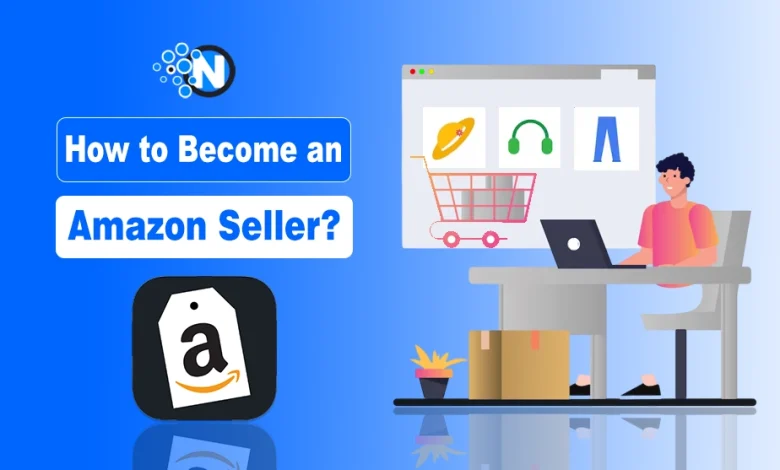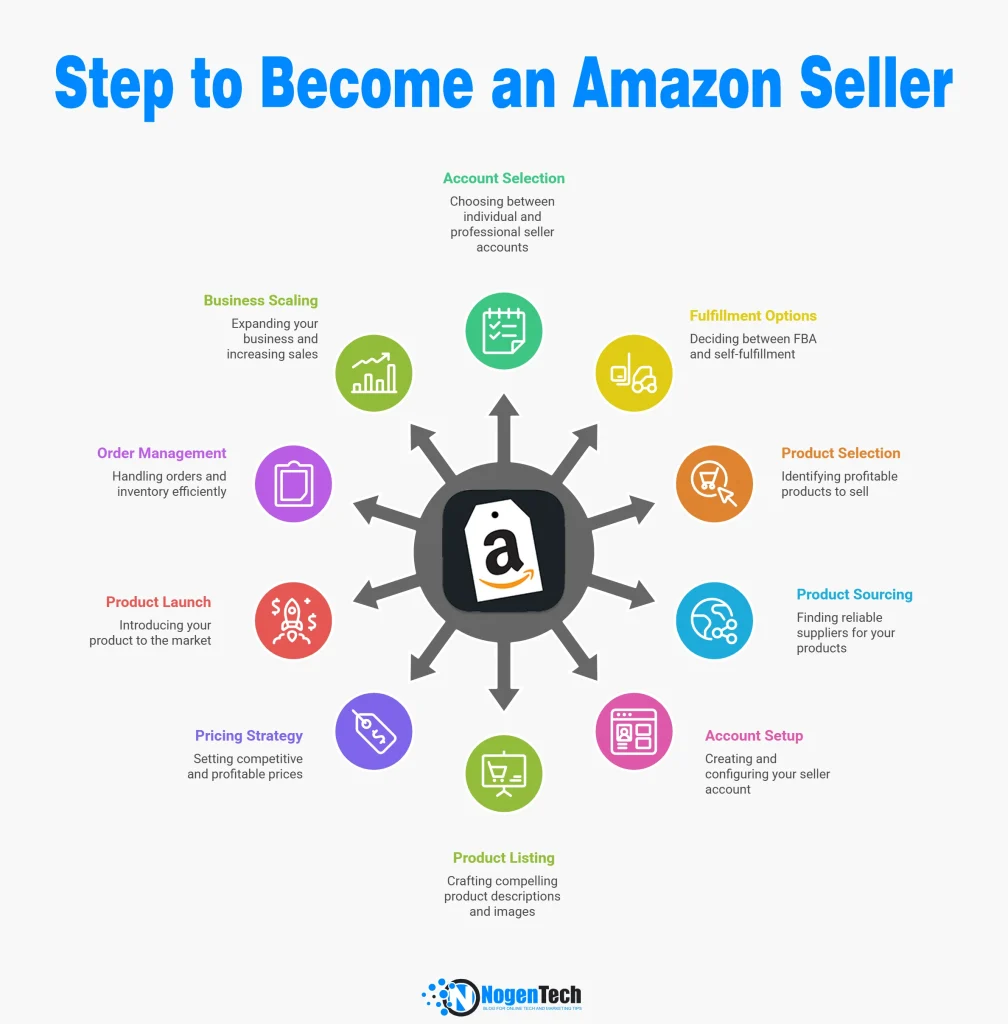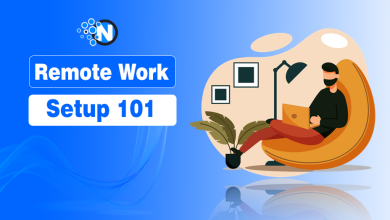
Have you ever wondered how people make a full-time income selling products on Amazon? Well, I have been there too, curious, confused, and unsure where to start. The good news is that becoming an Amazon seller is not as complicated as it might seem.
There are almost 9.7 million sellers currently running their business on Amazon, and the number is still increasing. It just requires the right direction, persistence, and strategy. In this guide, I will take you through every step of becoming an Amazon seller, from setting up your account to scaling your business.
By the end, you will have a clear roadmap to turn your Amazon idea into a thriving business.
What is an Amazon Seller?
An Amazon seller is an individual or business that lists and sells products on Amazon’s marketplace.
Instead of running their own website, sellers use Amazon’s massive customer base to reach buyers worldwide. They can offer new, used, handmade, or private-label products across various categories. Amazon sellers manage pricing, listings, and inventory while Amazon handles payment processing and customer support.
Sellers can choose to fulfill orders themselves through Fulfillment by Merchant or let Amazon manage storage, packing, and delivery through Fulfillment by Amazon. This flexibility makes it easy for anyone to start and grow an online business efficiently.
How to Become an Amazon Seller?

Before getting into the details of the technical steps, I want you to understand what being an Amazon seller really involves. When you become a seller on Amazon, you are joining one of the largest online marketplaces in the world.
It means that millions of potential buyers can view your products every single day. You can sell your own handmade items, retail products, or even private-label goods under your brand name. Amazon gives you the flexibility to handle your orders yourself or let Amazon take care of packaging and delivery.
This system allows both small and large sellers to operate efficiently without worrying about logistics or customer support. In the section below, I am providing a step-by-step guide on how to become an Amazon seller.
1. Select the Types of Amazon Seller Accounts
There are two types of seller accounts you can choose from, depending on your goals and budget. Let me explain how each works and which one might fit you better.
a) Individual Seller Account
It is ideal if you are just testing the waters or planning to sell a few items. Amazon charges a small fee for each sale you make, and there’s no monthly subscription cost.
b) Professional Seller Account
If you plan to sell large volumes or build a serious business, this account makes more sense. It comes with a monthly subscription fee but unlocks advanced tools like bulk listings, reports, and ad campaigns.
2. Understand Fulfillment Options
Once you have your account type sorted, you need to decide how you’ll deliver products to customers. This is a key decision because it directly affects your profit, workload, and customer satisfaction.
a) Fulfillment by Amazon (FBA)
With FBA, Amazon takes care of storing, packing, shipping, and customer service for your products. It’s convenient but comes with storage and service fees.
b) Fulfillment by Merchant (FBM)
Here, you handle the storage, packaging, and delivery yourself. It is cheaper if you have your own setup, but it requires more effort and organization.
3. Choose What to Sell on Amazon
Now that you understand the logistics, the next step is deciding what to sell. I personally believe it is where most beginners struggle. You don’t want to pick a product just because you like it. You need to ensure there’s real demand.
The following tactics can help you in this regard.
- Do Market Research: Start by researching trending products. You can use tools like JungleScout, Helium 10, or AMZScout to analyze demand, competition, and profit potential.
- Find a Niche: Choosing a niche helps you target a specific audience instead of competing with everyone. It could be anything from pet accessories to eco-friendly products.
- Consider Product Size and Weight: Heavier or larger items cost more to ship, so choose compact and lightweight products for better profit margins.
- Analyze Customer Reviews: Go through reviews of similar products to identify what customers love or dislike. It helps you improve your version and gain an advantage.
4. Source Your Products
Once you have selected a product, it’s time to find top suppliers or third-party distribution companies. The right supplier ensures you maintain consistent quality and profit margins.
- Local vs. International Suppliers: You can source locally or from international platforms like Alibaba or Global Sources. International suppliers often provide cheaper rates but require larger orders.
- Request Samples: Always ask for product samples before placing a bulk order. It helps you check quality and packaging.
- Negotiate Pricing: Don’t hesitate to negotiate. Most suppliers expect it. Focus on long-term partnerships rather than one-time deals.
5. Set Up Your Amazon Seller Account
Now comes the exciting part: creating your seller account. It’s simple, but you’ll need to prepare a few things first.
- Gather Required Documents: You’ll need an email address, phone number, bank account, tax information, and government-issued ID.
- Go to the Amazon Seller Central Website: Visit the official Amazon Seller Central page and click “Sign up.”

- Choose Account Type: Select between an Individual or Professional account, depending on your business plan.
- Enter Business Details: Provide all the necessary details about your business, including your address, name, and tax information.
- Verify Your Identity: Amazon will verify your identity before approving your account. Once approved, you can start listing products.
6. Create Your Product Listing
Your product listing is your storefront on Amazon. Therefore, you should optimize your product listing because it will help you achieve the maximum number of sales possible and generate significant revenue.
- Craft a Catchy Title: Your title should clearly describe the product and include relevant keywords naturally.
- Write a Compelling Description: Describe your product benefits, features, and usage in a conversational and persuasive way. Focus on solving customer problems.
- Use High-Quality Images: Include clear, high-resolution images from multiple angles. Lifestyle photos work best as they help customers visualize the product in use.
- Optimize for SEO: Use relevant keywords in your title, bullet points, and description to improve your ranking on Amazon search results.
7. Price Your Products Strategically
Pricing is not just about covering your costs; it’s about positioning your product in the market.
- Study Your Competitors: Check what others are charging for similar products and find a balance between profit and competitiveness.
- Consider Amazon Fees: Amazon deducts selling fees, FBA charges, and referral fees. Make sure to calculate your total cost before setting your price.
- Use Psychological Pricing: Prices ending in 0.99 or 0.95 often appear more attractive to buyers and can boost your Amazon conversion rate.
8. Launch Your First Product
Your product launch sets the tone for future success. This phase is all about visibility and customer trust.
- Get Early Reviews: Ask friends, family, or early buyers to leave honest feedback. Positive reviews improve your credibility.
- Use Amazon PPC Ads: Pay-per-click ads can help you gain initial visibility and drive traffic to your listings.
- Offer Discounts or Coupons: Launching with limited-time discounts encourages customers to try your product.
9. Manage Orders and Inventory
Once sales start rolling in, you will need to manage inventory and customer service efficiently.
- Track Inventory Levels: Keep an eye on stock levels to avoid running out or overstocking.
- Maintain Customer Communication: Respond quickly to customer queries and complaints. It builds trust and prevents negative reviews.
- Handle Returns Gracefully: Amazon’s return policy is customer-friendly, so make sure your approach is equally polite and professional.
- Hire Fulfilment Companies: You should also hire the best fulfilment companies to manage your orders and reduce costs as much as possible.
10. Scale Your Amazon Business
When your initial sales stabilize, the next step is scaling your business to reach new heights.
- Expand Your Product Line: Introduce complementary products that appeal to your existing customers.
- Create a Brand Identity: Register your brand on Amazon through the Brand Registry program to protect your products and gain exclusive marketing tools.
- Use Analytics: Amazon provides detailed analytics on sales, traffic, and performance. Study these metrics to improve your strategy.
- Build an Email List: Use your packaging inserts to direct buyers to your website or email list for better email marketing. It helps you build a long-term audience beyond Amazon.
Is Selling on Amazon Worth It?
Many people ask me whether selling on Amazon is still worth it in today’s competitive market.
My answer is yes, but only if you treat it like a business, not a side hustle. It requires planning, consistency, and patience. With millions of daily shoppers, Amazon remains one of the most powerful platforms for online entrepreneurs.
Final Thoughts on Becoming Amazon Seller
These are the details on how to become an Amazon Seller in 2025.
Becoming an Amazon seller is a journey that combines learning, experimentation, and persistence. You don’t have to be an expert from day one. The more you learn and adapt, the better your results will be.
I started with limited knowledge, too, but over time, I realized that small, consistent actions create big results. Now that you know exactly how to start, take the first step today. Open your seller account, research your product, and start your Amazon journey with confidence.




